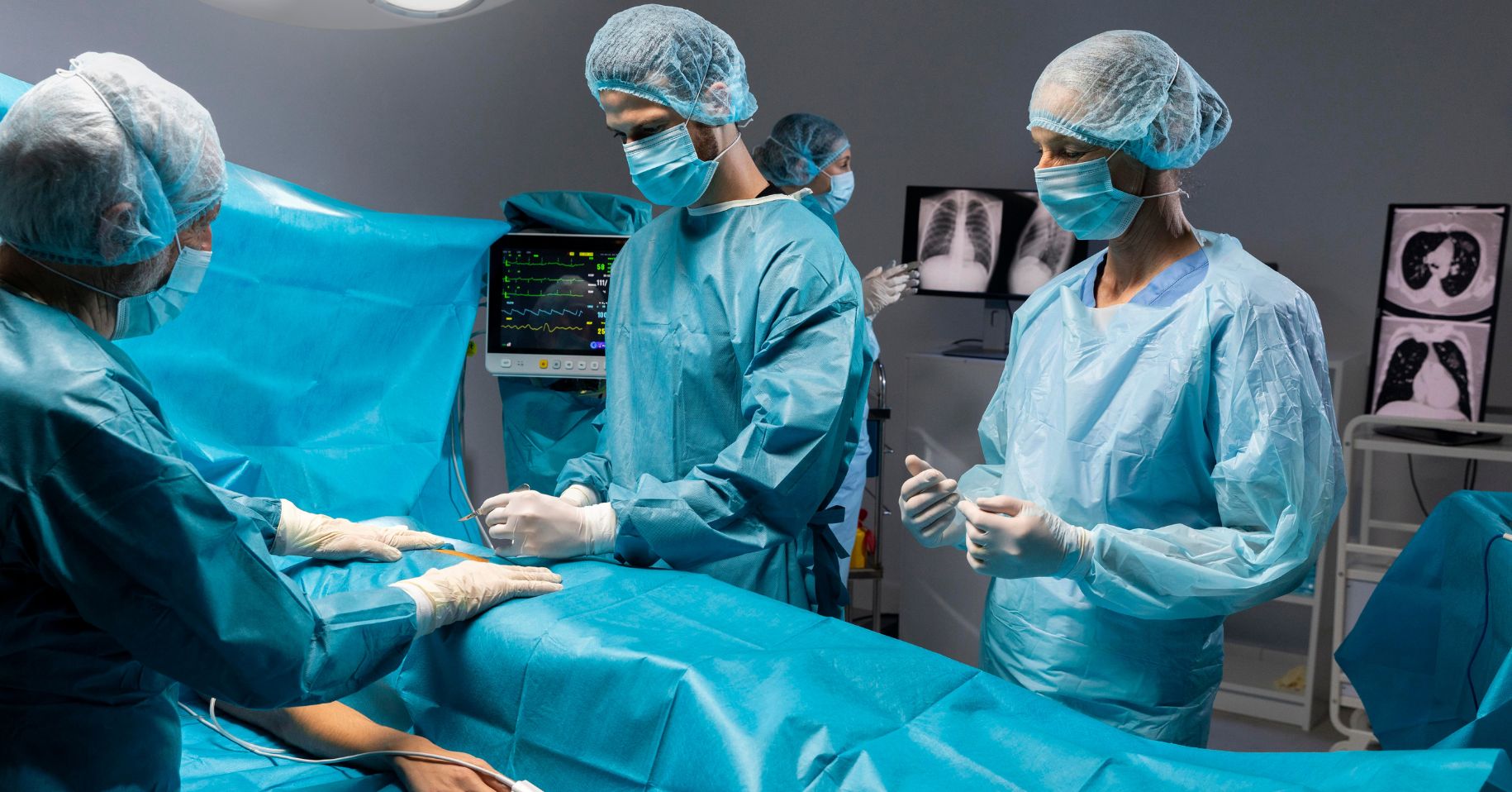Hernia surgery includes open repair and laparoscopic repair techniques. Open surgery involves a larger incision to access and repair the hernia, often using mesh for reinforcement. Laparoscopic surgery uses small incisions and a camera for minimally invasive repair, offering quicker recovery and less postoperative pain. Techniques vary based on hernia type—inguinal, femoral, umbilical, or incisional—to ensure effective treatment.
-
Working Hours: 05.00PM - 09.00PM
-
Email : contactsupraclinic@gmail.comEmail : contactsupraclinic@gmail.com
-
Phone Number : +91 9347665652Phone Number : +91 9347665652

